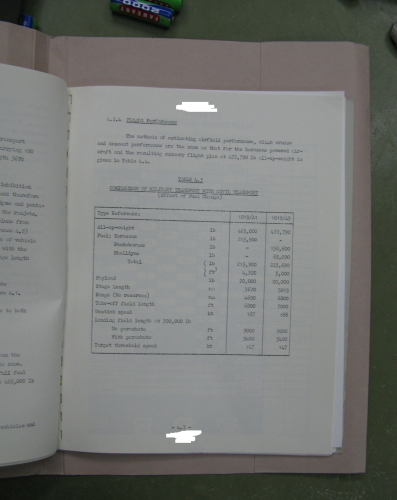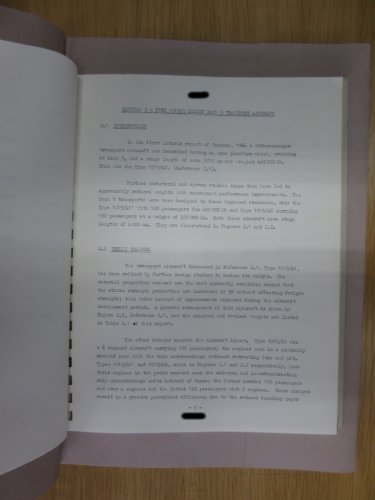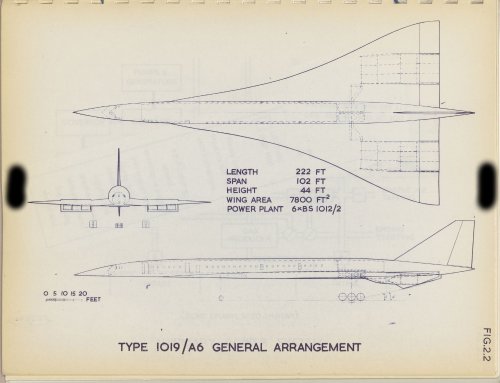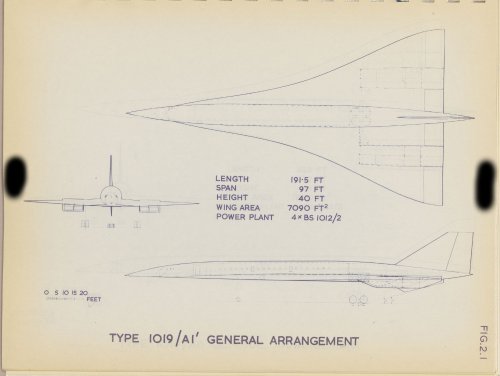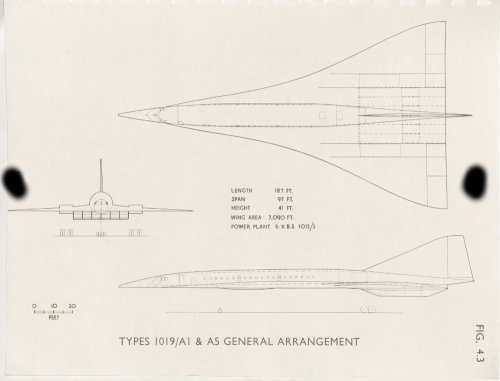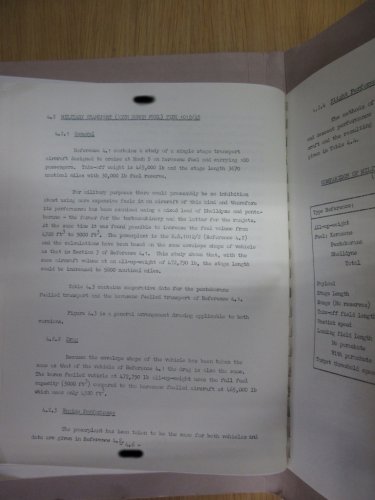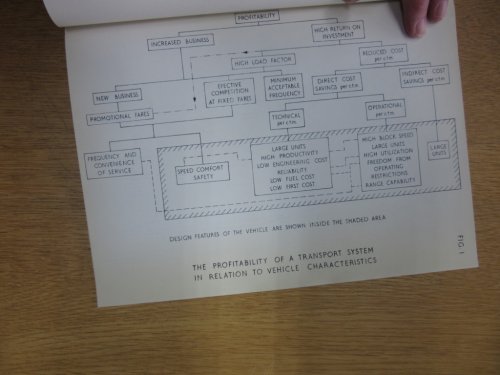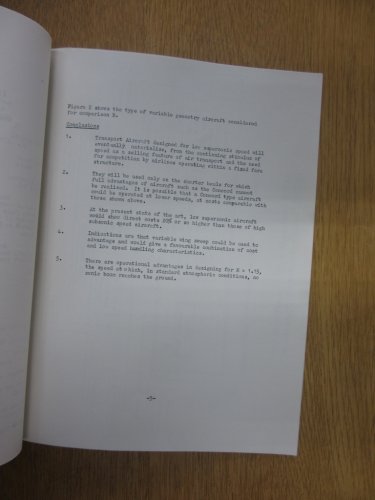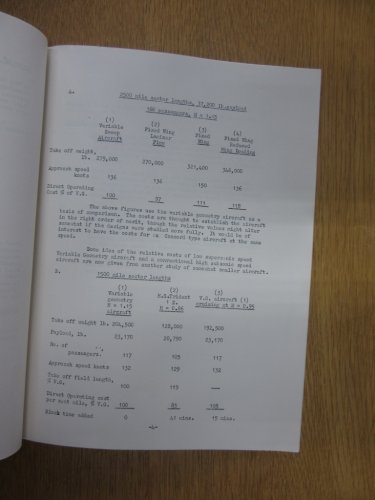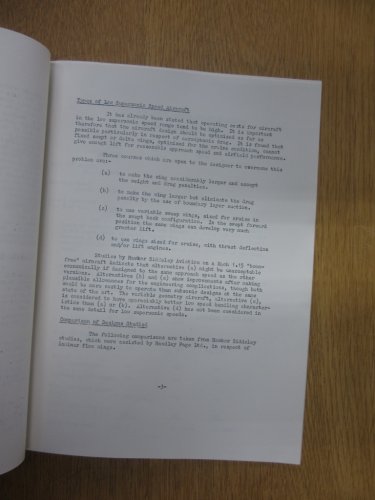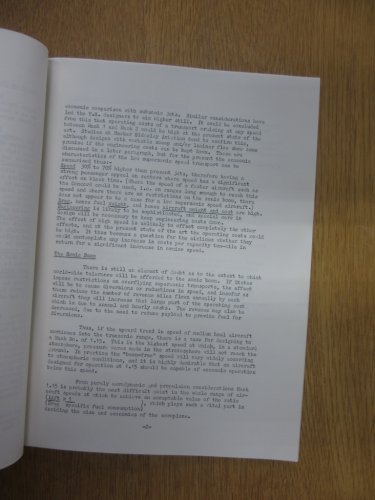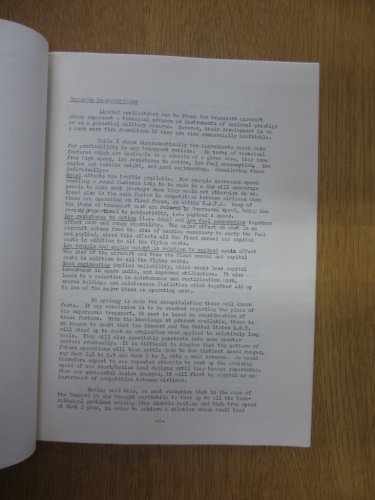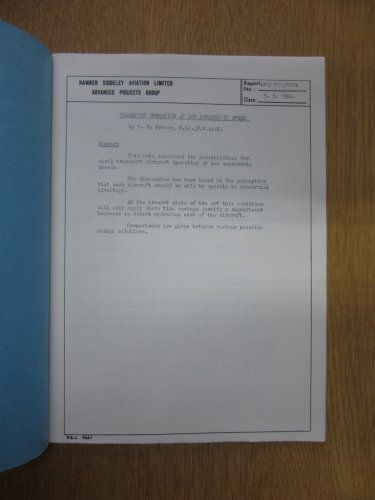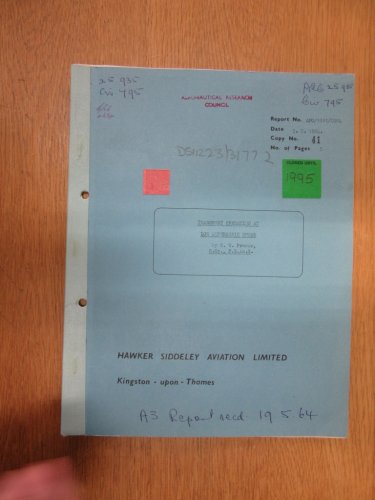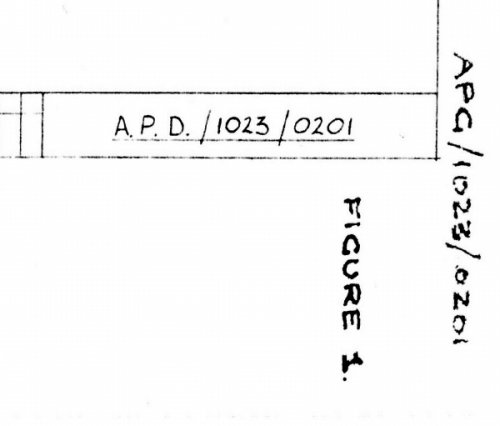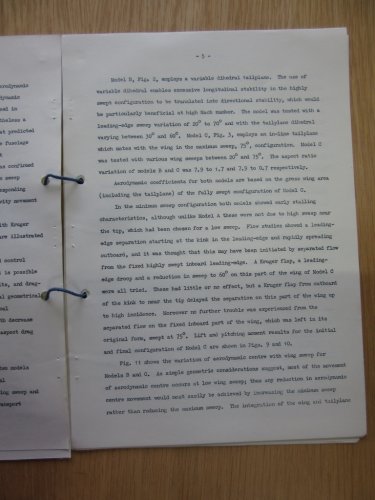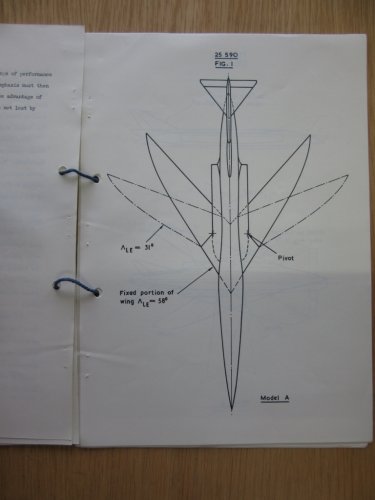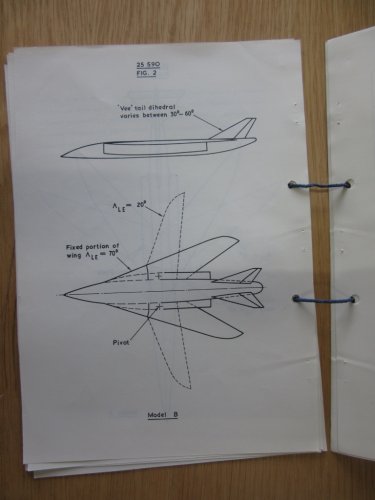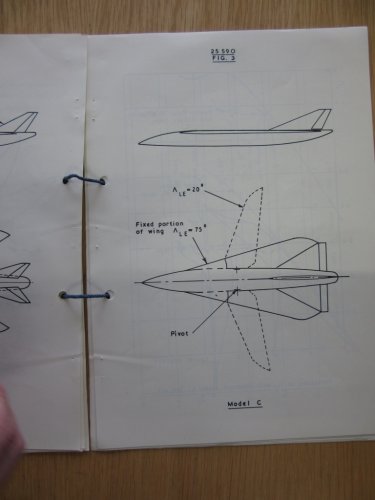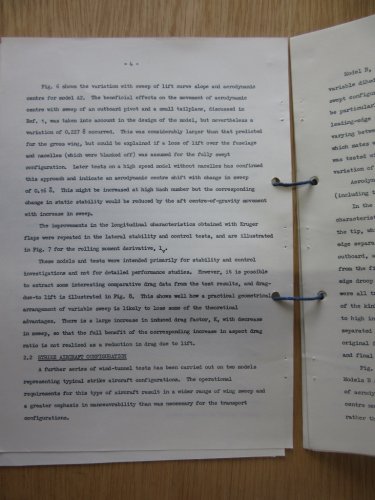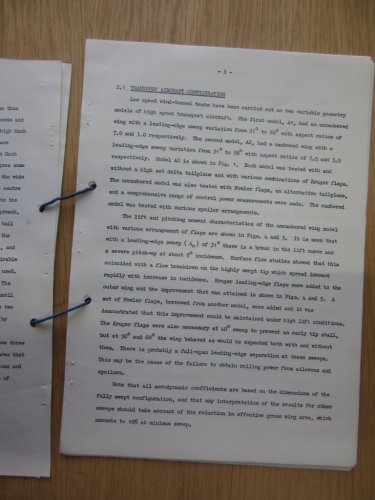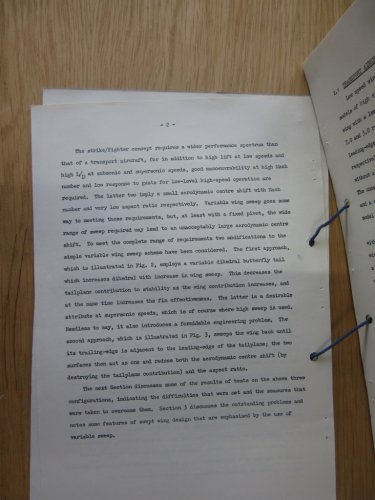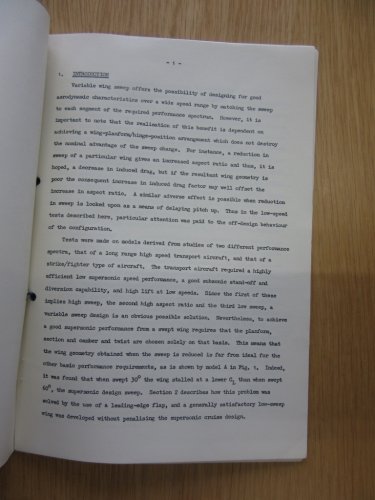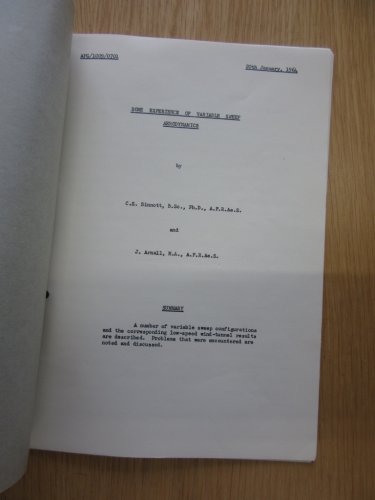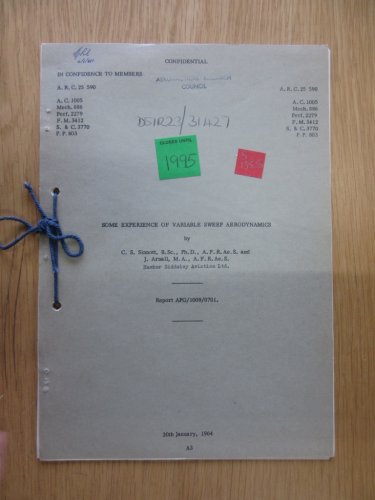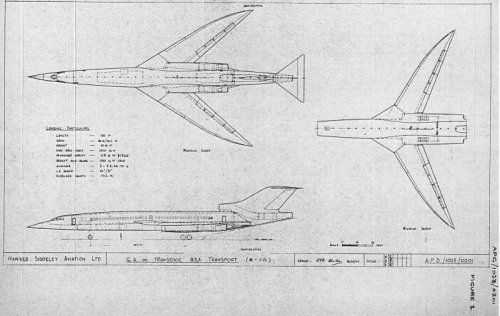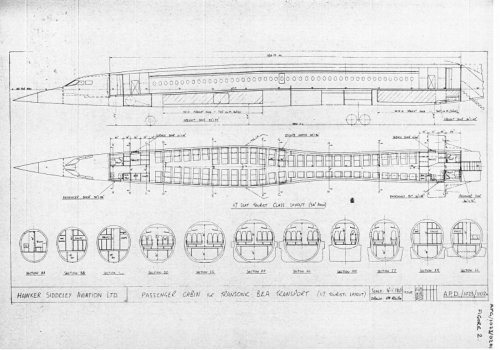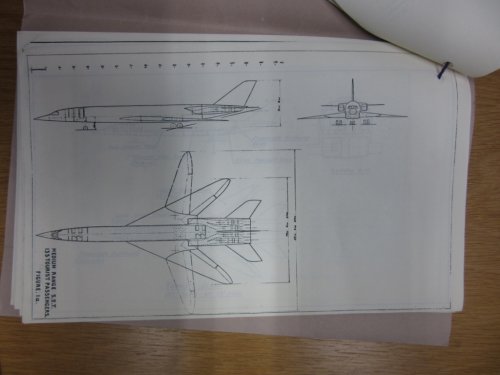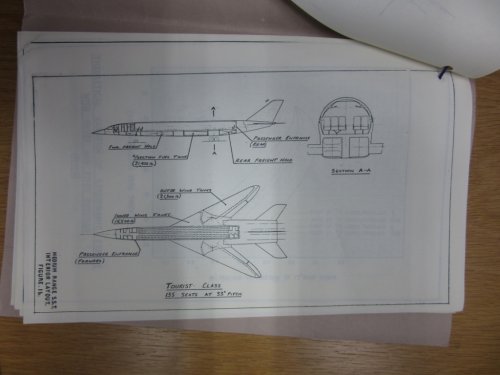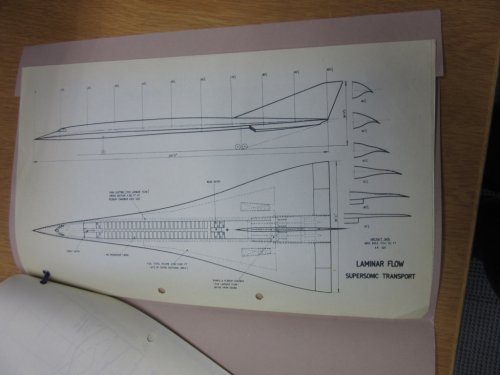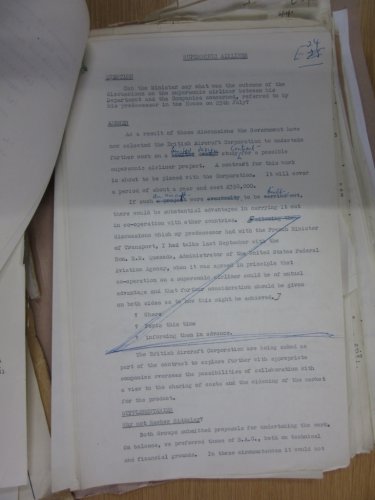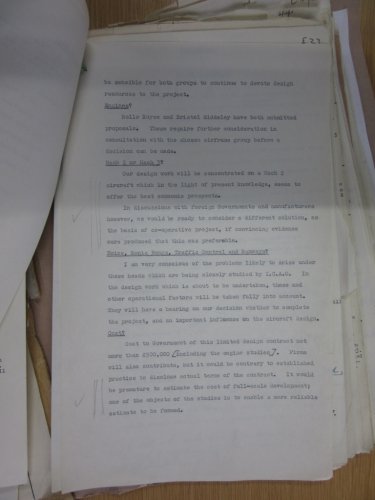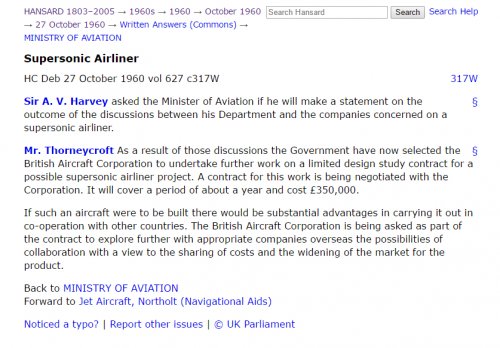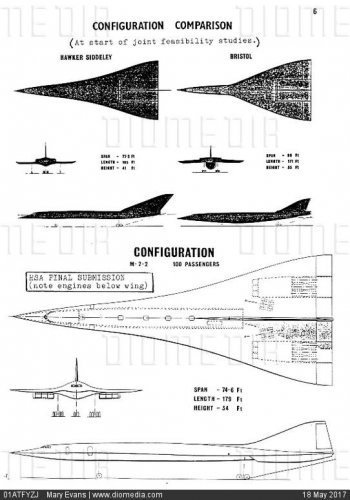CJGibson said:
Right, Dan, before criticising earlier work by people who blazed the trail in the subject, please bear in that:
a) BSP4 was published a decade ago
b) The research and most of the writing was done two decades ago when we had to scribble in pencil in the PRO and before the Grand Opening of the company archives. (I was hunting hypersonics before it became fashionable)
c) Midland Counties' (the publisher) guidelines were rightly very strict on what went in BSP4 i.e. rather than a book on just hypersonics and propulsion systems, it had to include the guided weapons, which effectively reduced the amount of content on the hypersonics.
d) Nothing had been published in this area before, so the publisher had no idea whether it would be successful, hence the 'reconnaissance by fire' approach of putting a wide range of subjects in BSP4. Tony had enough faith in me to put his name to it.
You have benefited from that earlier work, so don't knock it.
Should I begin 'Right, Chris'? Perhaps not. I would never treat anyone with such outright contempt.
I don't believe any work by anyone, least of all mine, should be above constructive criticism if the information presented is incorrect. It's not a personal slight to the author if it turns out, eventually, that what they wrote years ago under difficult circumstances was not entirely accurate.
I began working on Mustard as a result of seeing Tom Smith's obituary and eventually decided to write a book on his work which I called Britain's Space Shuttle. You'll remember that I told you all this at the time. I was as surprised as anyone when I discovered that Mustard was actually a result of P.42, thereby necessitating my research in that area.
I originally had no intention of covering P.42 and the HSA Type 1019 designs - the research simply led me to a point where it was unavoidable. And in researching those designs (I read widely on anything I'm writing about in primary, secondary and tertiary sources - whatever I can find) I realised that what was in Hypersonics, Ramjets and Missiles did not fit with what I was seeing in the documents.
Crecy decided to make Britain's Space Shuttle the fifth part of the British Secret Projects series and I was just happy to see my work in print.
I would also take issue with the idea that I benefitted from your earlier work. I wrote most of what became BSP5 without reference to it in any way (as you will be able to tell from reading it). Those aspects of BSP5 which refer to P.42 etc. are based on the original documents, not Hypersonics, Ramjets and Missiles. Furthermore, I have not 'benefitted' from BSP5 in any way, financially or otherwise. In fact, all it has brought me is grief, particularly from your good self.

